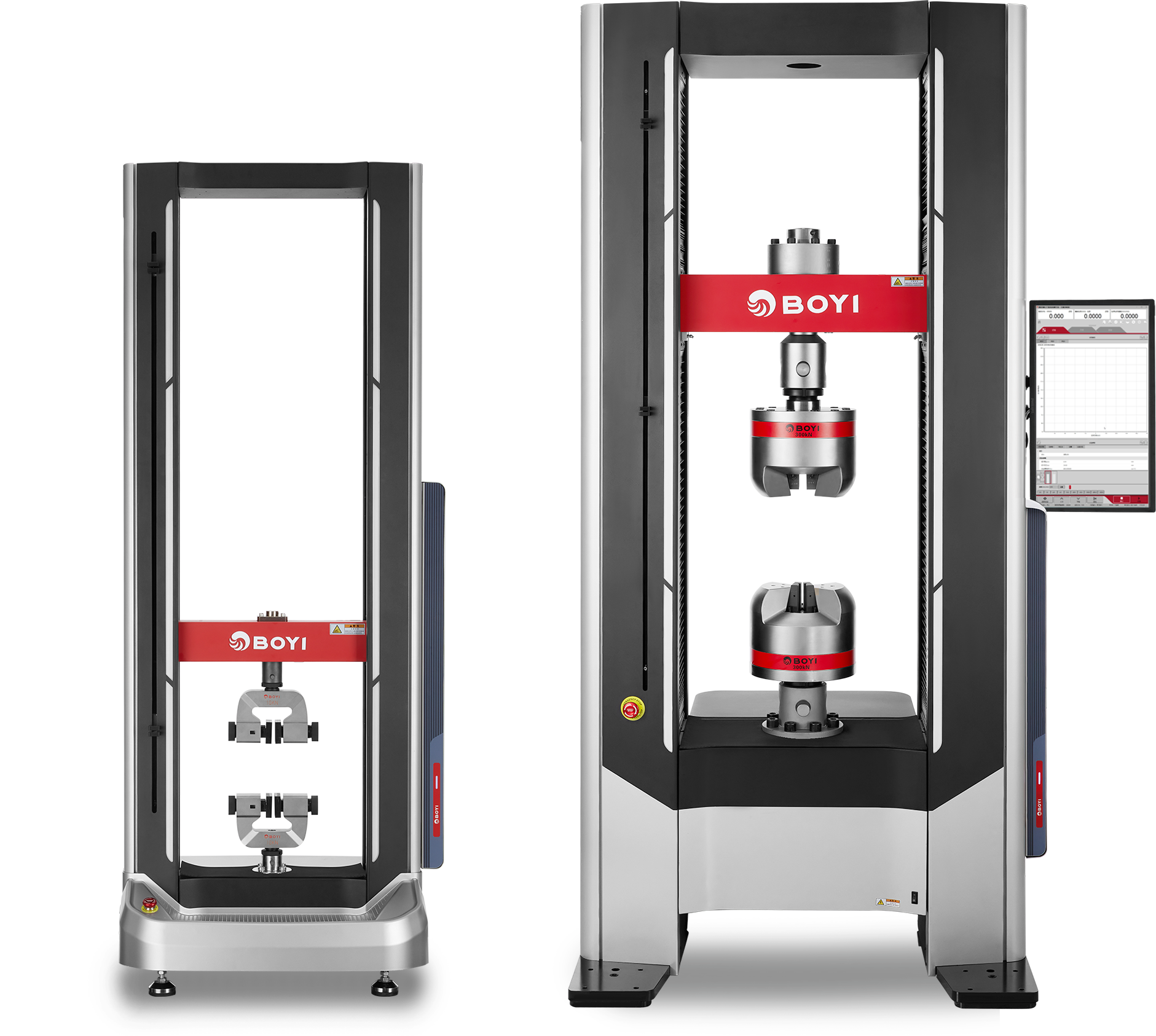
What problems can intelligent devices solve in China's manufacturing industry?
Release Time:
2021-07-25 09:54
The intelligence and robotic automation of automated equipment is an inevitable trend to enhance China's manufacturing industry.
Zhou Jiabing
In the automation process of China's manufacturing industry, intelligent production equipment such as robots, mechanical arms, and supporting automated tooling fixtures are becoming increasingly intelligent, diverse in form, and abundant in variety. A careful analysis of what practical problems these intelligent devices solve for China's manufacturing industry reveals, based on observations during implementation in enterprises, that benefits usually come from the following aspects.
The first problem that can be solved is replacing human labor. Labor-intensive enterprises require a large number of frontline workers. For China, where the demographic dividend is disappearing, continuing previous talent recruitment methods cannot meet enterprise needs. Therefore, using machines to replace human labor to solve practical problems is a good approach. Robot replacement of human labor can be divided into three main categories. First, high labor costs. Investing in automated equipment involves a one-time bulk purchase but can solve long-term (equipment lifecycle) labor cost issues. The investment, electricity consumption, and maintenance costs of equipment should be lower than labor costs including social security, wages, and benefits. For example, Foxconn uses large-scale mechanical arms to replace manual labor in many domestic manufacturing bases. Second, dangerous jobs. Robots replace human operations to protect frontline workers, focusing on people and reducing risks for both workers and enterprises. Enterprises assign technicians to a backend control center to input and program robot operation procedures, supervising the robots via display screens. Robots work automatically on site while humans issue commands or fine-tune programs from the backend. For example, in mining, workers operating underground or units working in harsh environments such as municipal sewage outsourcing, or workplaces with radiation and strong toxicity like chemical enterprises. Using automated equipment or robots to perform tasks previously done by humans that are extremely harmful or even fatal protects people better. This is human progress; automated equipment truly serves humanity. The third situation is when timely recruitment (supplementation) of labor is not possible, forcing enterprises to use automated equipment and robots to solve labor shortages. Nowadays, many young people are unwilling to work in factories, so manufacturing must rely on robots and similar automated equipment to complete production tasks. In other words, intelligent equipment solves the practical problem of labor shortage. In these three cases, we must clearly recognize that the widespread use of automated equipment mainly aims to replace humans, not necessarily to match human work performance and quality. Next, we will discuss solutions to these two concerns.
The second problem that can be solved is improving production performance. For enterprises with large batch sizes and stable quality control requirements, automation transformation to boost production performance is obvious, and the value created and profits gained are very attractive. Intelligent equipment can operate 24 hours a day, with preset programs and automatic alarms for abnormal situations, allowing very few workers to oversee multiple automated production devices and complete large production tasks. Examples include automatic continuous production equipment, automatic filling machines, automatic carton sealing and packaging machines, automatic conveyors, and automatic palletizers. For highly standardized and large-batch manufacturing enterprises, extensive use of automated production equipment significantly reduces costs and increases efficiency. Many enterprises with independent brands often adopt this production method, such as automobile manufacturers, home appliance companies, and clothing (T-shirt, one-size-fits-all garments) enterprises.
The third problem that can be solved is quality stability. Some products have extremely strict quality requirements that are often unstable when handled manually, such as visual fatigue causing errors. Intelligent equipment can easily handle these tasks accurately. Moreover, some tasks require precision and fineness far beyond human capability, such as packaging and testing in semiconductor and chip industries. Using automated intelligent equipment ensures product quality control stability surpasses human output. Some enterprises prefer to use advanced high-precision equipment rather than humans for certain positions. Conversely, for products with general quality requirements, enterprises also prefer to use intelligent equipment to replace manual labor, achieving high production performance, stable quality, and cost-effectiveness. That is, for products with large output, average quality requirements, and low prices, manual labor easily causes issues leading to unprofitability or losses. Using intelligent equipment fits budgets, is easier to control good product rates, and achieves budgeted profits. Examples include enterprises producing daily necessities like towels, slippers, and socks.
The fourth problem that can be solved is a composite one, combining the above three situations. This is the ideal state, but in reality, it is difficult to achieve and often focuses on one aspect. However, this highlights the development direction of intelligent equipment in China. With the accumulation of advanced technology, the overall intelligent upgrade of China's manufacturing industry is gradually forming. This is an inevitable trend with huge expansion potential.
The intelligence and robotic automation of automated equipment is an inevitable trend to enhance China's manufacturing industry. Especially robots, mechanical devices capable of performing automated tasks, have unimaginable development potential. It is hoped that through intelligent transformation, China's manufacturing industry will not only replace manual labor but also achieve high-quality products while improving work performance. Using cost-effective Chinese-made products to serve global customers.
Recommended News
Welcome to the Testing Machine Configuration Assistance System!
Thank you for using this system.
Just answer a few questions about the test to create a test system suitable for you.

If you have multiple answers to a question, please choose the most important one.
If you have any matters to confirm, please click this button to contact us.
CONTACT US



